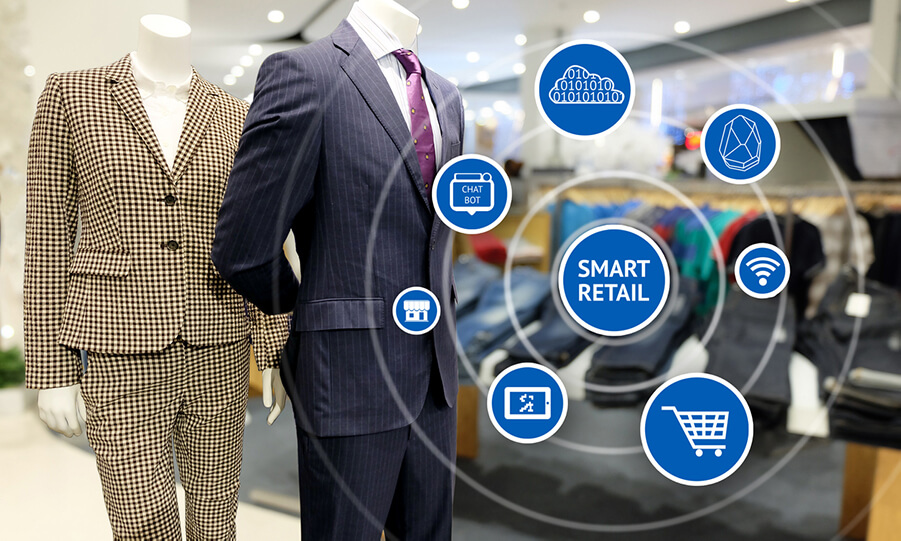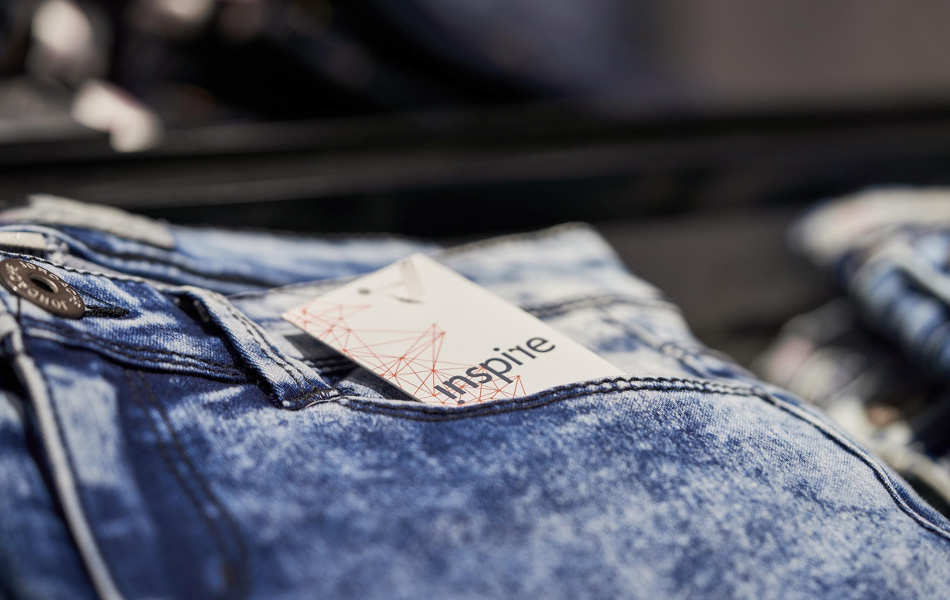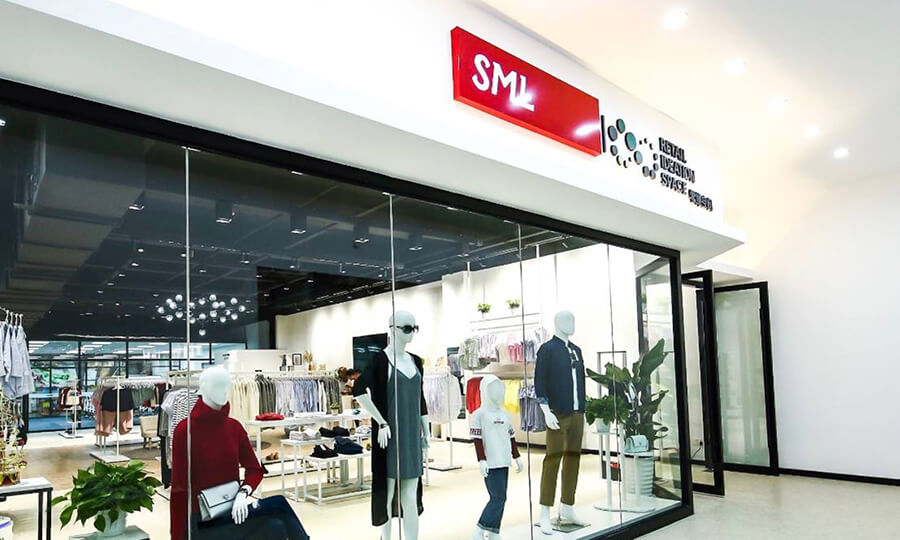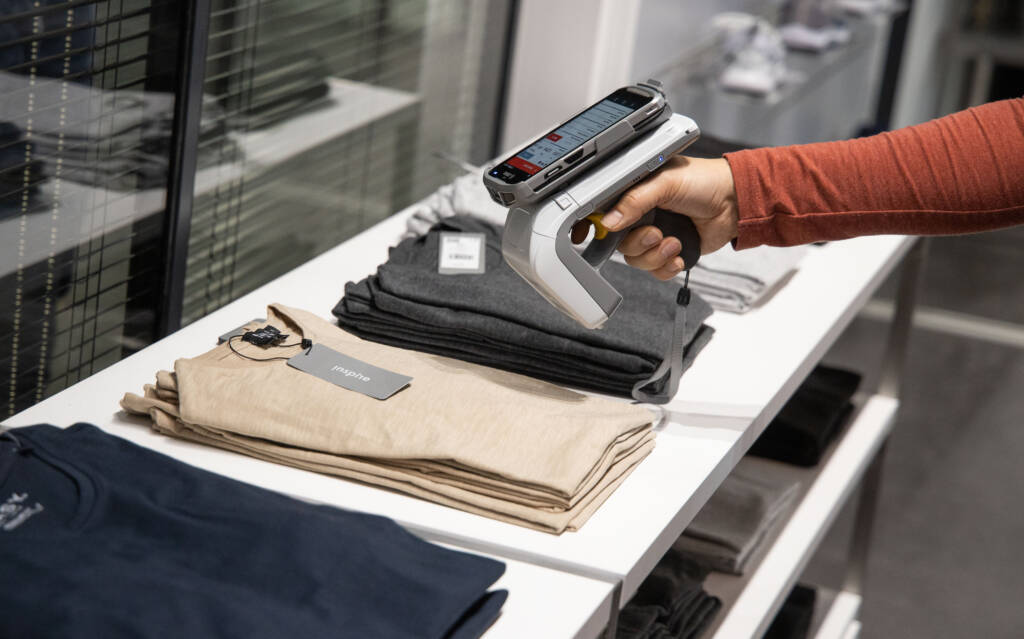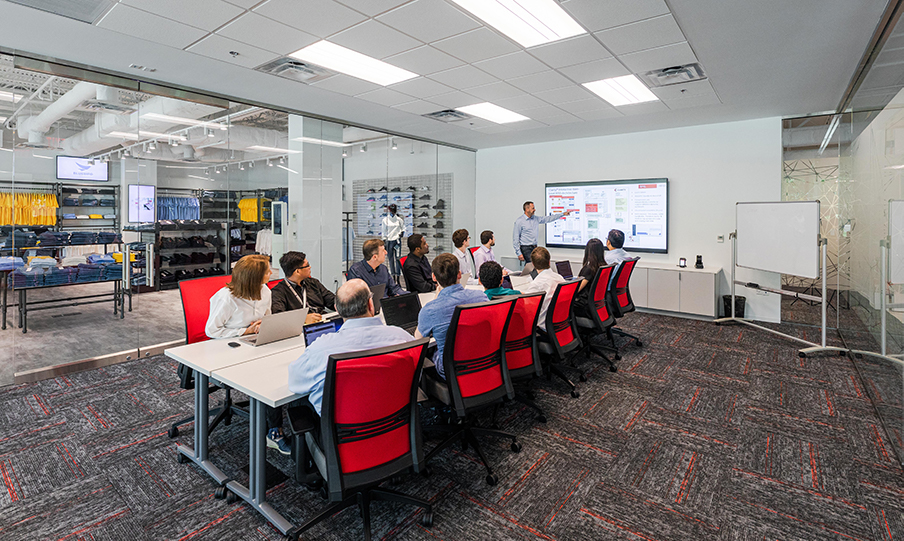RFID in Fashion: Stepping into the Future of Fashion Retail
The future of fashion retail is promising. Advancements in technology have revolutionized several industries, and the fashion sector is no exception. Retailers are leaning on innovative solutions from supply chains to store shelves to improve efficiency, reduce costs, and enhance the customer experience.
Radio Frequency Identification (RFID) is one of the key technologies transforming retail operations, from warehouse to in-store. Improving inventory accuracy and elevating customer experiences, retailers can leverage the technology to increase sales and operate more efficiently while serving customers. Undoubtedly, RFID can shape the future of fashion retail. By deploying the award-winning Clarity® RFID software , retailers can better adapt to changing shopping patterns, labor challenges, supply chain disruptions, and the transition to a fully realized omnichannel selling model.
RFID Self-Checkout: Driving Success During Peak Periods
Busy shopping periods provide numerous opportunities for retailers to drive sales and improve customer loyalty. It is critical that retailers streamline their checkout process, making it convenient, quick, and seamless. Studies have shown that long waiting times for payment and checkout have been a significant pain point for visitors when shopping in-store. Without the ability to complete checkout quickly and seamlessly, customers will soon turn to other retailers.
In order to capitalize on sales opportunities and drive customer satisfaction, retailers can deploy RFID-powered self-checkout systems. Not only do these self-service checkout kiosks enable retailers to minimize checkout times and improve customer experience, but they are also more accurate and require less labor expenditure. As a result, retailers can drive more sales during busy shopping periods and reduce friction at the point-of-sale.
Solving Inventory Challenges
SML’s Clarity® software leverages item-level RFID to help retailers boost inventory visibility and gain accurate data. As a result, retailers can optimize their processes and minimize internal shrink and out-of-stock situations. By implementing item-level RFID, retailers can track items accurately from the moment they enter the store until they are sold – thanks to the real-time inventory visibility facilitated by RFID tags. Retailers can also identify shrinkage patterns and take appropriate action to prevent losses while replenishing their missing inventory to avoid lost sales.
With accurate inventory updates in real-time, retailers can quickly identify when items are running low in stock and need replenishment. Brands can automate their reordering processes to ensure that fast-selling items are restocked before they run out of stock, preventing lost sales opportunities and increasing on-shelf availability Retailers can also use this data to quickly replenish their shop floor shelves, ensuring customers are always provided with the items they are looking for.
With streamlined inventory, staff can focus more on customer service and sales. Retailers can also use AI tools to analyze real-time data and identify sales trends and customer preferences. This can help them improve their demand forecasting capabilities, enabling them to stock the right products at the right time. As a result, retailers can sell stock more efficiently and keep up with evolving fashion cycles by ensuring their AI tools are utilizing the accurate inventory data provided by RFID.
Enhancing Customer Experience with Interactive Fitting Rooms
Today, personalization and convenience have become key elements of customers’ shopping experience. According to a Statista survey, 80% of business leaders acknowledged that personalized experiences led to increased consumer spending. With RFID-enabled interactive fitting rooms, retailers can deliver these elements seamlessly.
Interactive fitting rooms can read RFID tags on clothing when customers bring items into the fitting room. The system can then suggest other items that pair well, such as complementary accessories, alternative sizes, or different colors, making the customers’ shopping experience more personalized. Additionally, modern interactive fitting rooms equipped with AR and VR solutions can offer immersive virtual shopping experiences through virtual try-ons.
While in RFID-enabled interactive fitting rooms, shoppers can check the availability of different sizes or colors of an item without leaving the fitting room. If the desired item is available, customers can request in-store staff to bring it directly to them, thus eliminating the need for the customer to leave the fitting room. Customers can also access detailed information about the items they are trying on, such as fabric details, washing instructions, and customer reviews. Instant access allows consumers to make informed decisions swiftly without waiting for a salesperson to come and answer their queries. However, if customers want to interact with a salesperson, they can request assistance with a button. This makes the customer experience highly convenient and personalized.
Act Now
Technology has become an integral part of fashion retail, and the future of fashion retail is tech-heavy. However, it is crucial to identify the right solution and ensure effective implementation. Brands that partner with experienced RFID solutions providers with a track record of delivering similar products can reap technology’s benefits and ensure optimal return on investment (ROI).
Contact SML’s RFID experts today to understand how Clarity® software can transform your business and deliver maximum return on investment (ROI).

